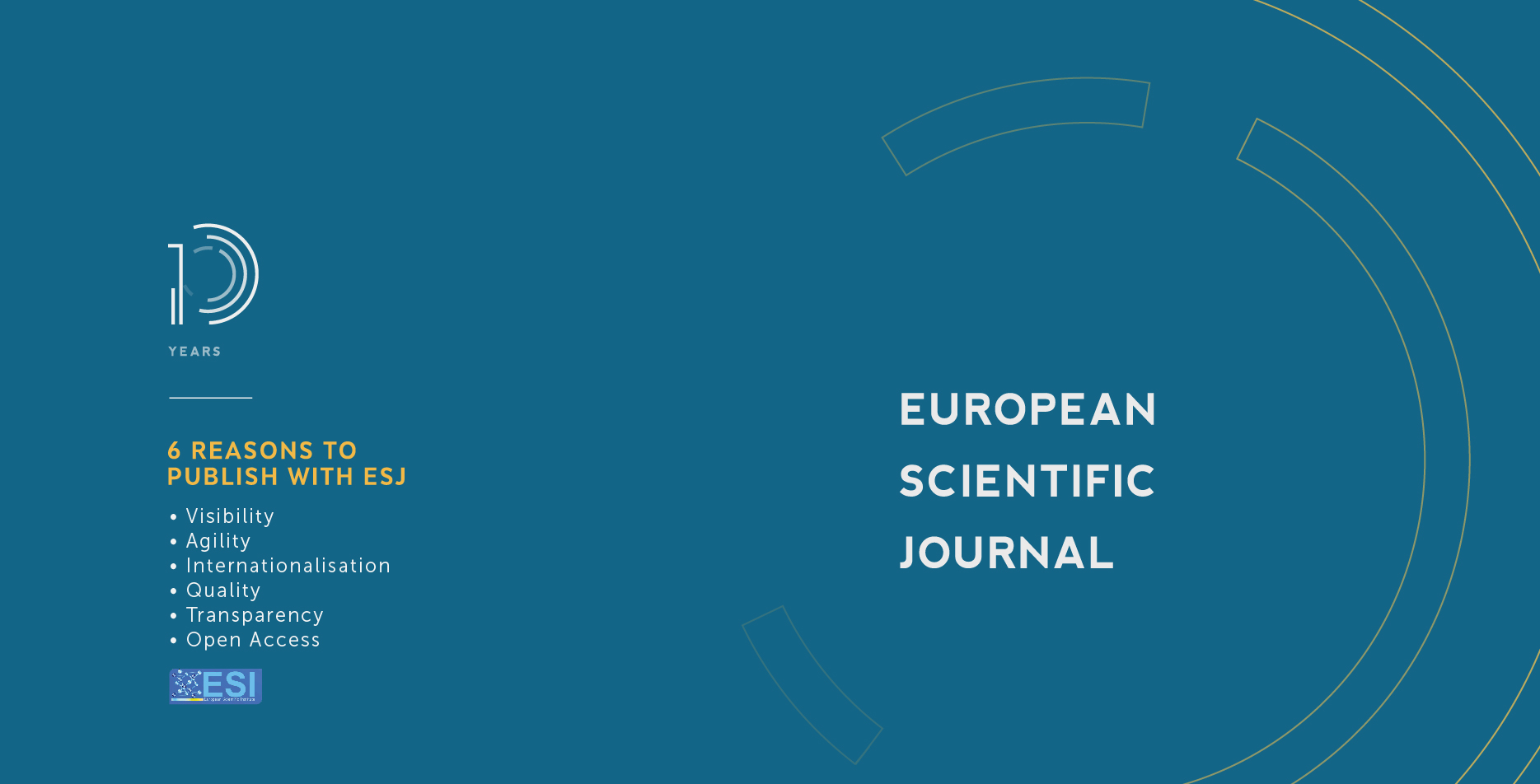China’s Belt and Road Initiative: Global Politics and Implications
Abstract
Belt and Road Initiative (BRI) is a global infrastructure development project that ambitiously aims to connect Asia with European and African continents through land and sea corridors. China adopted this gigantic game-changing master plan in 2013 and spurred much speculation among scholars and policymakers worldwide. This article investigates the development of the project through the lens of global political geography and economy. From an international relations perspective, the author consults relevant pieces of literature and focuses on the international issues and events concerning the development of the project using concepts of ideas, interests, and institutions within the scope of geopolitics and political economy. The analysis is performed by reviewing critical events and arguments related to the ideas, interests and institutions evolving around the implementation of BRI. Drawing from the analysis, the author argues that the rise of China as a dominant global superpower largely depends on the success of the BRI, and this initiative will continue to generate politics among the international actors, multinational entities, and institutions. Despite widespread speculations, the project poses a substantive threat to the USA’s global dominance and is likely to create more global development cooperation under Chinese leadership and vision.
Downloads
Metrics
PlumX Statistics
Copyright (c) 2020 Md Mahmudul Hoque, Riffat Ara Zannat Tama

This work is licensed under a Creative Commons Attribution-NonCommercial-NoDerivatives 4.0 International License.








